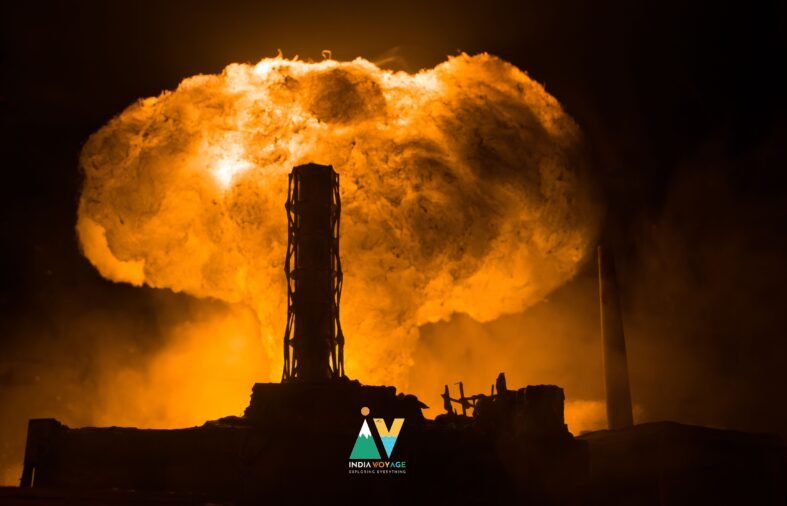May 2025 — A series of military and seismic events in Pakistan during early May has triggered widespread speculation about the safety of the country’s nuclear infrastructure. Following Indian airstrikes on May 7 under “Operation Sindoor” and several moderate earthquakes thereafter, both official and unofficial sources have contributed to an increasingly complex narrative.
Nuclear Safety Status: No Official Radiation Reports
Pakistan operates six nuclear power plants, including facilities at Chashma and Karachi, overseen by the Pakistan Nuclear Regulatory Authority (PNRA). These plants follow international safety standards and have not reported any radiation leaks or malfunctions following the recent airstrikes.
Despite the lack of official reports, numerous unverified claims on social media—particularly from users in Pakistan on platforms such as X and Facebook—describe symptoms including vomiting, eye irritation, and burning sensations. These accounts have fueled rumors of a possible radiation leak linked to the military strikes or subsequent seismic activity.
Adding to the speculation, a U.S. Department of Energy aircraft—specifically a B350 AMS, which is part of its Nuclear Emergency Support Team—was reportedly sighted in Pakistani airspace in the days following the airstrikes. The aircraft is designed for monitoring radiological emergencies, prompting further public concern. However, no official U.S. or Pakistani agency has clarified the purpose of its deployment or any findings.
Earthquakes Raise Eyebrows, But Experts Cite Tectonic Activity
Pakistan experienced three earthquakes between May 10 and 12:
- May 10, 2025: A 4.0-magnitude quake occurred at 1:44 AM IST.
- Later that day: A 5.7-magnitude tremor was recorded.
- May 12, 2025: A 4.6-magnitude quake struck near Sukkur and Kota—regions previously associated with nuclear testing history.
Seismologists from both Pakistan and international agencies have attributed the quakes to tectonic shifts caused by the collision of the Indian and Eurasian plates. The epicenters were located far from the Indian strike zones, and geological experts have reiterated that conventional airstrikes do not release enough energy to induce significant seismic events.
Ceasefire Announced Amid Heightened Speculation
A ceasefire agreement between India and Pakistan was unexpectedly announced on May 10. U.S. President Donald Trump, who had previously declined to comment on South Asian tensions—stating that “India and Pakistan have been fighting for years”—suddenly claimed that both nations had agreed to a ceasefire.
The timing and nature of Trump’s announcement, combined with the presence of the U.S. radiation-monitoring aircraft and widespread public health complaints in Pakistan, have led some observers and analysts to question whether an undisclosed incident—possibly involving a nuclear storage site—may have occurred.
Ceasefire Violation and India’s Restraint
After the ceasefire announcement, Pakistan reportedly violated the agreement with cross-border shelling. Notably, India did not retaliate, which is being interpreted by some analysts as a deliberate decision to avoid striking areas that could house sensitive infrastructure, including potential nuclear storage facilities.
Conclusion
As of now, no international nuclear watchdog or national regulatory body has confirmed any incident involving Pakistan’s nuclear assets. Earthquake activity has been officially described as tectonic in nature, and Indian officials have maintained that no nuclear or civilian targets were engaged during the airstrikes.
Nonetheless, the combination of social media reports, the sighting of a U.S. nuclear emergency aircraft, an abrupt ceasefire announcement, and subsequent restraint by Indian forces has generated a climate of suspicion. Authorities urge the public to await verifiable updates from credible organizations such as the PNRA, IAEA, and global seismic monitoring agencies.











Leave A Reply